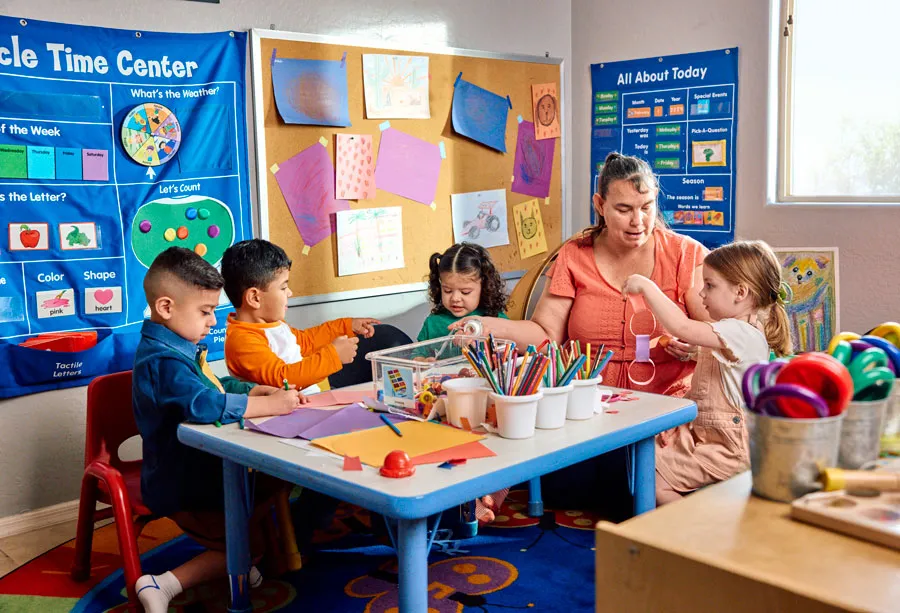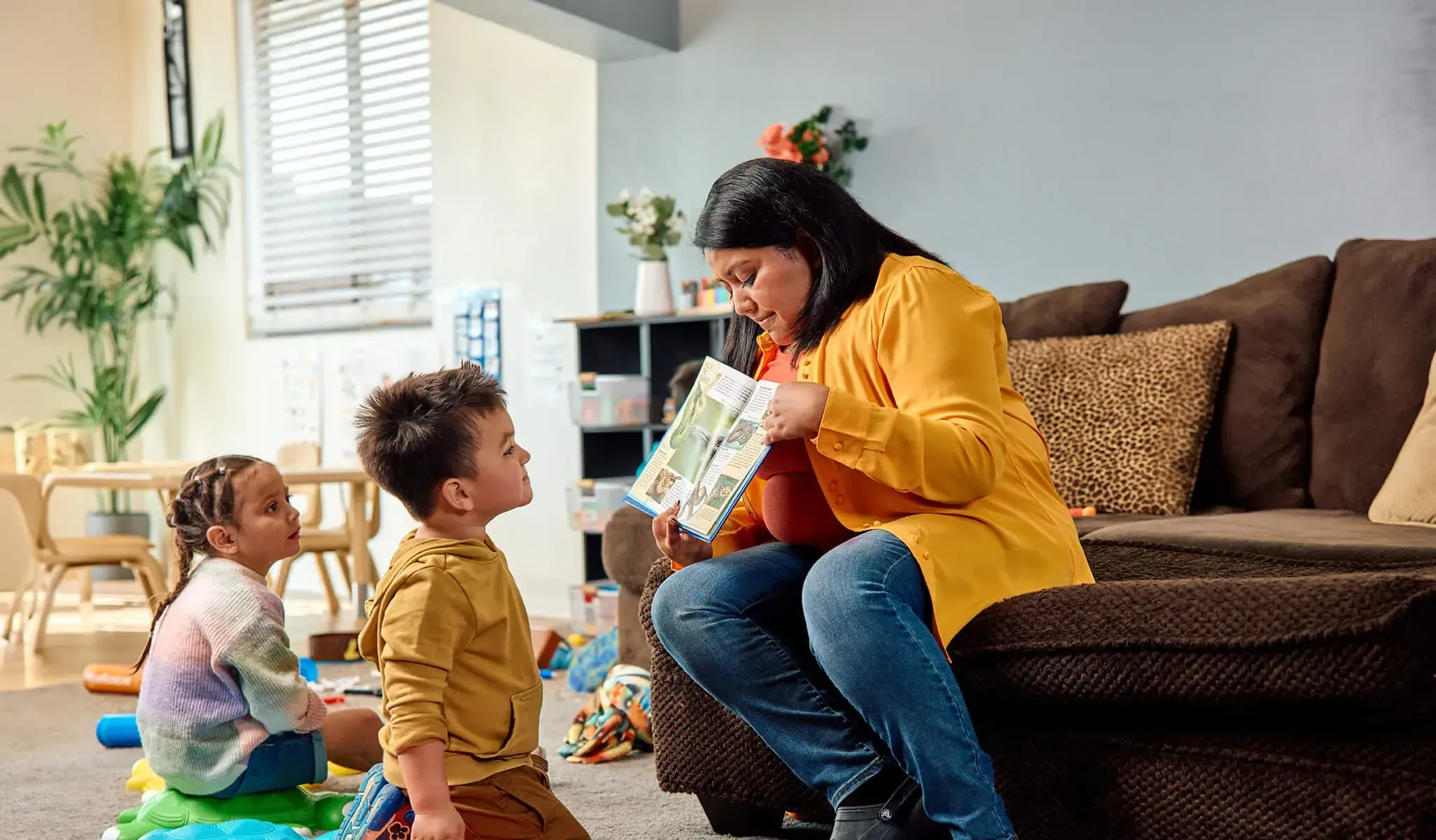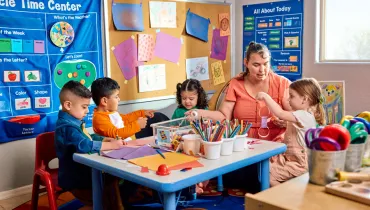
How CCR&R can help families find high quality childcare
3 Ways Quality Child Care Supports Child Development
The first five years of life are instrumental in shaping a child’s future, and the quality of care during this period can significantly impact a child’s development. High-quality child care settings provide enriching experiences that foster essential skills and abilities.
Below are three key areas where quality child care makes a significant impact on a child's development: cognitive development, emotional and social growth, and physical development.
Cognitive Development Through Quality Child Care
Quality child care environments are vital for promoting cognitive development, which includes the ability to think and reason. They provide not just a backdrop, but an active contributor to learning, where language skills, problem-solving, and critical thinking are continuously developed. These settings offer a mix of structured learning and play, enabling children to explore and understand the world around them.
Studies and expert opinions consistently highlight the link between these enriched environments and cognitive growth, underscoring the need for quality child care in laying the groundwork for academic success and lifelong learning.
Emotional and Social Growth in Child Care Settings
Emotional intelligence and social skills are nurtured within the supportive environment of quality child care. These settings offer unique opportunities for children to interact with peers and caregivers, fostering empathy, resilience, and effective communication.
The ability to manage emotions and build healthy relationships is significantly influenced by early experiences in child care. Caregivers play a pivotal role in establishing trusting relationships that promote children’s social and emotional health, which is as important as their physical well-being.
Physical Development and Health Benefits
Child care settings contribute significantly to physical development, including the growth of motor skills and overall health. Activities, play, and nutrition within these environments are tailored to promote healthy physical development.
Gross motor skills, such as running, jumping, and climbing, are supported through active play, while fine motor skills, like drawing and manipulating small objects, are nurtured through hands-on activities. These motor skills are crucial at this stage and are interconnected with language development, social skills, and other learning areas, emphasizing the role of caregivers in stimulating and encouraging children's growth.
CCR&R is committed to helping families find child care providers that best match their needs. By connecting families with high-quality child care, CCR&R supports the healthy development of children, ensuring they receive the best start in life.
Resources:
https://eclkc.ohs.acf.hhs.gov/learning-environments
https://www.graygroupintl.com/blog/early-childhood-development
https://www.ncbi.nlm.nih.gov/pmc/articles/PMC3857730/
https://www.virtuallabschool.org/infant-toddler/physical-development/lesson-1






